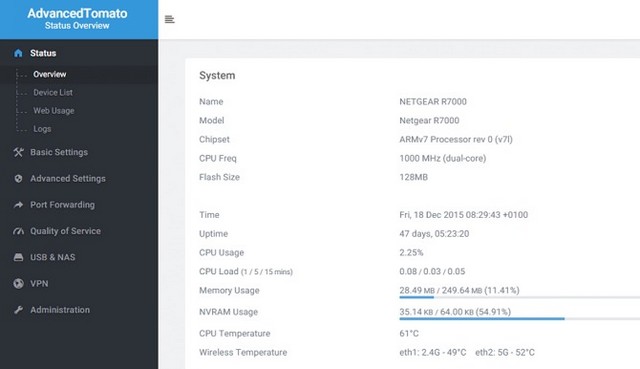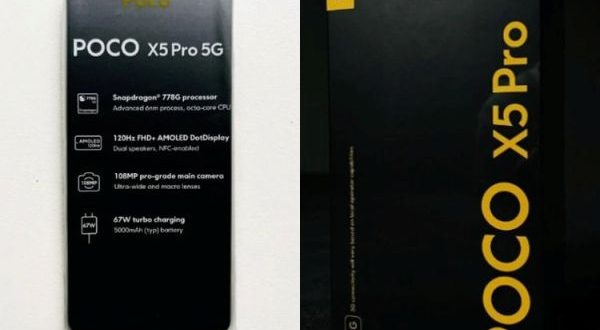How to Improve the Speed of Your WiFi Router
A good router can make a huge difference in the speed of your internet connection. But if you don’t have the money to shell out for a high-end model, what other avenues are available to you? Keep reading if you want to know how to improve your WiFi router speed or establish the best router configuration for faster internet.
Contents
- 1 10 Ways to Improve the Speed of Your WiFi Router
- 1.1 1. Automate a restart schedule
- 1.2 2. Make your router faster with a new antenna
- 1.3 3. Disable old wireless protocols
- 1.4 4. Change channel width
- 1.5 5. Keep your router up to date
- 1.6 6. Experiment with Router Location
- 1.7 7. Optimize Your Router’s Channel Settings
- 1.8 8. Switch the Router to a Different Band
- 1.9 9. Change your network name and password
- 1.10 10. Install new firmware
- 2 Improve the speed of your WiFi router
10 Ways to Improve the Speed of Your WiFi Router
1. Automate a restart schedule
Most new routers do not need to be restarted regularly. But as most people know, if you’ve ever experienced a dead internet connection, restarting your router is often all it takes to get you back up and running.
However, if you regularly reboot the router, both the DD-WRT and Tomato firmware options have delayed reboot options. Set it to restart once a day while you sleep, and you won’t even notice the downtime while the router shuts down and restarts.
2. Make your router faster with a new antenna
An easy way to make a router faster is to buy a new antenna.
The antenna on most consumer routers is terrible. An amplified replacement antenna is a great solution and an easy way to improve signal quality (and therefore improve speed) without the need for a new device. Aftermarket powered and boosted options start at around $15 and go up to $100.
Plug-in range extenders are a bit more expensive, but they act as both a powered antenna and a wireless repeater. They can offer a significant improvement to homes with dead spots or signal degradation, but your mileage may vary.
However, be sure to check local laws on wireless broadcasting before picking up a beefy antenna. In some jurisdictions, boosting your Wi-Fi signal is illegal (or may be illegal above a certain threshold).
3. Disable old wireless protocols
How to optimize router settings for speed? One of the first things you can consider is disabling old wireless protocols.
New routers using the 802.11ax protocol offer capabilities far exceeding the service offerings of many ISPs. Although the router may be fast, many of your devices are probably using older protocols, such as 802.11b, which slow down the entire network as soon as that device connects. Ideally, you should remove any device you see using b or g protocols.
The fastest protocols, from fastest to slowest, are ax > ac > n > g > b. Consult your router’s documentation to learn how to do this.
4. Change channel width
What about the best router settings to improve speed on your local network? For example, how can you create a video stream between your devices faster?
The best router configuration for local speed often involves changing the channel width. The wider the width, the more interference older devices on older protocols will suffer.
5. Keep your router up to date
One of the most overlooked ways to maximize router speed is to make sure your router is always running the latest software and firmware from the manufacturer.
Sure, updates are normally security patches, but they aren’t suddenly going to make your router blazing fast. However, each additional gain can help. If you haven’t updated in a while, you might see more improvement than expected.
6. Experiment with Router Location
It’s not just about finding the best router settings for a fast internet connection. You also need to consider where you place your router in your home.
Since the router is competing with every other 2.4GHz and/or 5GHz device in your area, subtle moves often make all the difference. Also, the construction materials in your home may interfere with the wireless signal. For example, solid concrete walls are notoriously difficult for a WiFi connection to pass through.
7. Optimize Your Router’s Channel Settings
Let’s look again at how to make a router faster by optimizing the settings.
Have you thought about changing the router channel? There are many free tools that will scan your local airwaves for channels with the least interference. They will then suggest which channel you should switch to.
You need to change the channel from the router settings. Again, you’ll find out how to do this using your device’s documentation or online help page.
8. Switch the Router to a Different Band
A typical home is full of wireless devices. Luckily, with a dual- or tri-band router, you’ll have the option of separating them to maximize speeds.
Simply put, you are opening another path for network traffic. While a one-lane road will get you there, two (or three) lanes are better for everyone involved.
If you have a dual-band router, you can assign some of them to the extra (and usually less crowded) 5 GHz band instead of all your devices competing for space in the 2.4 GHz band.
9. Change your network name and password
Many tech-savvy people still use the default username and password on their router. Even intermediate hackers are able to hack into relatively secure networks with non-default passwords.
Using a strong WiFi password is equally important. While you can do a great job dividing your devices into separate bands, updating your firmware, and changing channels during high traffic times, it’s all an exercise in futility if your neighbors are using your WiFi and using it. for torrent all movies. daytime.
10. Install new firmware

Many routers keep the settings relatively dummy-proof so you don’t mess anything up. While that’s fine for most users, sometimes you just have to dive in and hack the settings until you’re using a router that far exceeds its price.
There are several open source firmware options for some of the more popular routers. Although not all routers are supported, there is no shortage of interesting options. They can help you speed up a Netgear router, find the best settings for a TP-Link router, and make any brand of router work faster.
DD-WRT, OpenWRT, and Tomato are some of the most popular third-party firmware.
Keep in mind that installing new firmware is not an option if you’re sticking with your ISP’s hardware. This is one of the reasons why it’s a good idea to replace your ISP’s router with a store-bought one.
Improve the speed of your WiFi router
I hope this article has shown you how to improve your WiFi router speed and identify the best configuration for faster internet.
Some of the steps may seem a bit complicated, but if you take the time to learn and understand the settings available to you, you will be increasing the speed of your router in minutes.
If you have any questions or suggestions, let us know in the comments. Also check out this guide if you want to learn how to fix wifi connection issues on Windows 10.


